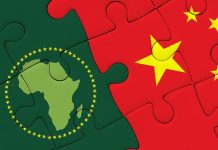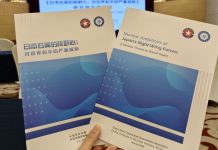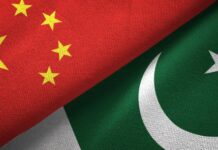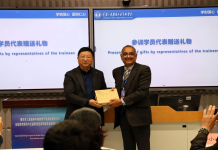BEIJING: Since late 2022, Chinese and European leaders have embarked on an attempt to refresh Sino-European relations.
Different in-person meetings on the sidelines of the Group of 20 (G20) Summit in Indonesia in November 2022, and the visits of German Chancellor Olaf Scholz and President of the European Council Charles Michel to Beijing—last November and December, respectively, outlined the joint interest to chart a mutually accepted way forward.
The trend is currently being animated. Prime Minister of Spain Pedro Sánchez attended the Boao Forum for Asia annual conference in Hainan Province from March 28 to 31, while President of France Emmanuel Macron and chief of the European Commission Ursula von der Leyen touched down in the Chinese capital on April 5.
In 2022, China was the third largest partner for the EU’s exports of goods (9 percent) and the largest partner for EU imports of goods (20.8 percent). In particular, data from Eurostat, a Directorate General of the European Commission, show that European exports to China rose to 230.3 billion euros ($250.8 billion) in 2022 from 223.5 billion euros ($243.4 billion) in 2021, while imports increased from 473.8 billion euros ($516.1 billion) to 626 billion euros ($681.8 billion). The most important European products shipped to China included motor cars and vehicles, electronic tubes and valves, medicaments, electrical apparatus and aircraft. Imports from China encompassed telecommunication equipment, automatic data processing machines, electrical apparatus, electronic tubes, organo-inorganic compounds, baby carriages and furniture.
Europe’s most powerful countries, Germany and France, saw their trade with China grow last year. In 2022, China was Germany’s most important trading partner for the seventh time in a row.
–The Daily Mail-Beijing Review news exchange item






